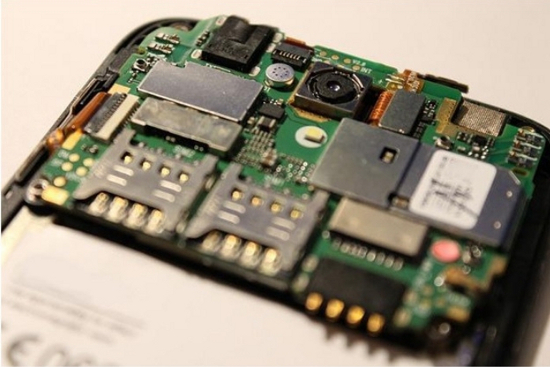The mobile phone contributes to a big part of our day to day life. From managing business calls to social media platform for chitchat with near and dear to even shopping everything is done with mobile today. That is why the good mobile network and mobile phone boosters nz and other places is becoming as important as anything else. The people are also curious to choose the right processor for their mobile as well.
What is a processor?
Humans can’t function without a brain and in the same way your smart phones also need a brain. Now, smart phones are much more than just devices to call or text. They are used for networking, keeping alarms and reminders, calculation, taking photographs and videos and much more. It’s an all in one device and at this point in time humans can’t actually live without their phones. However, in order for it to work in all the ways mentioned above, there should be a part in the phone which should be able to carry out these functions and that is done by the processor.
If you are interested in knowing/studying more about Information Technology or related fields of study, you can obtain your degree through online programs. You can get relevant information regarding online programs and colleges from thecollegemonk website.
What is a SoC?
The smart phones we are using are very small when compared to computers or laptops and need their processors and sub-processors to occupy minimal space. System on a Chip (SoC) is an integrated product of the processor and the sub-processors into one chip. The idea of this invention is to make electronic devices smaller, smarter and powerful. These are mostly used in smart phones, tablets, wearable, digital cameras and other such gadgets. The most common components of SoCs are as follows.
● CPU – The Central Processing Unit is the core of all the things inside the SoC. CPU is the one responsible for all the calculations and decisions. It receives input and gives out appropriate output responses. CPU’s now have octa-core processors and without the CPU there is no SoC.
● GPU – The Graphical Processing Unit is also called the video chip. It is specialized for display functions. This is the reason why you are able to play those 3-D games in your mobile phones.
● Modem – Connecting to various radio networks is very important when it comes to a smartphone. Modems deals with the cellular or network connectivity which includes wireless and mobile networks.
● RAM – Random Access Memory stores data required to run applications and software. This part is very much important in a smart phone.
● ROM – Read Only Memory stores data even when the system is off. It is essential to store permanent programs which are very important for your hardware to perform properly.
The electronics industry needs highly skilled individuals to help with the development of new technologies like SoCs. If you wish to choose this as your career and need a degree, you can earn your degree through online education. You can go and search for whichever college/course or even the tuition provided by each college, for example, University of Texas IT programs, Barry University tuition and more information as such.
Advantages and Disadvantages of SoCs
Some of the advantages of SoCs are given here.
● Since it is tiny, it doesn’t occupy a lot of space making it very convenient to use in devices like smart phones, tablets, wearable’s and more.
● You can have a CPU, GPU, RAM, and ROM in one single chip. Since it is compact and there is no need to physically connect the elements, it lowers the manufacturing costs.
● It can run in batteries for a long time which makes it perfect for devices like smart phones.
Some disadvantages of SoCs are given here.
● It is so tightly integrated that it is not adaptable.
● If any part of the chip has some problem, it is not possible to change it because of its integrated structure. If you want to change it then you will have to change the entire SoC.
Some of the Best Smartphone Processors
All modern application processors include designs (often referred to as intellectual property, or IP) from other companies, notable firms like the ARM, MIPS, Imagination Technologies and Ceva. Typically, chip designers mix and match these cores with designs of their own, and make various choices and decisions regarding interconnects, memory and other features, in an effort to balance performance with power requirements, cost and size. Some of the best smart phone processors of today are given below.
Apple – ‘A11 Bionic’ chip is used in the iPhone 8, 8 Plus as well as in the iPhone X. A11 Bionic neural engine is a dual-core design that can perform up to 600 billion operations per second for real-time processing.
Huawei – The processor developed by Huawei is called Kirin 970 used in Huawei Mate 10. This processor can be seen to have 25 times the performance and 50 times the efficiency when compared to those running on the CPU cluster.
Qualcomm – The Qualcomm’s Snapdragon 845 which is the upgraded version of the Snapdragon 835 supports a large number of different machine learning frameworks, and the company says this works for things such as object classification, face detection, speaker recognition, scene segmentation, and more.
Samsung – Samsung’s Exynos 9810 processor is used in the international versions of Galaxy S9 and S9+ which supports depth sense for face recognition, 4K capture at 120 frames per second and also has an octa-core chip.

